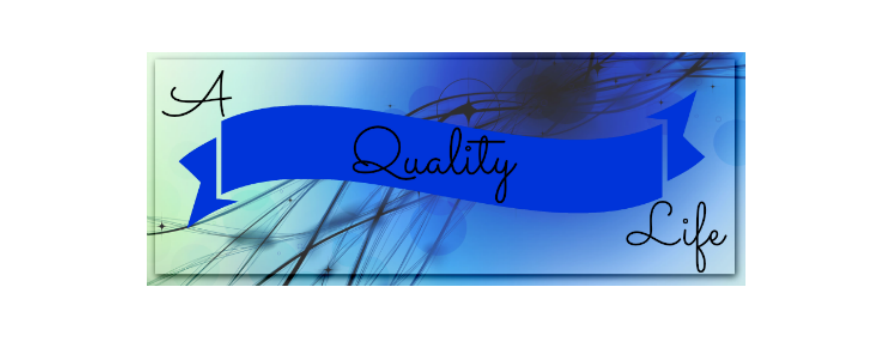Lately, more products splash on the front of their containers, the words Paraben Free. For those who are savvy in wanting their products free of these chemical preservatives, it seems easy. They bring the products home convinced they are a safe choice.
Believing that there is no methylparaben, butylparaben, propylparaben, heptylparaben, or isopropylparaben, they freely share the products. Now, no one will be exposed to the toxic preservatives, which emerged in the 1950s, to extend the shelf lives of cosmetics, lotions, deodorants, toothpaste, and more.
Please see the Archive list and click on November 2014 to review “Parabens in Personal Care Products,” if you’d like more information about parabens.
So, is Paraben Free a good guide or not? Let’s say it’s a step in the right direction, but don’t assume any product is free of toxins unless you are able to get a true list of ingredients. Some will give a condensed list on the front, then a long one on the back.
If your eyes aren’t super-hero enough to read the ingredients in the store, the rule of thumb is to look for the longest list on the back. A safer product often, not always, has fewer ingredients, however, if it’s a very long list and you can’t read the small print, it could be risky to buy it.
When we find a product that is represented to be safe, but is only partially modified, we call that “product greening.” Sounds green but is not really non-toxic.
The first product we’ll review is Crystal unscented roll-on deodorant. The mineral deodorant has no aluminum chlorhydrate and states on the front it is Paraben Free. As deodorants go, this is one of the lesser of evils as far as toxins go, yet it is not 100 percent free of toxins.
It has only six ingredients and that’s good. However, the fifth ingredient is “Benzoic Acid.” This AQL Blog published the article, “Sodium Benzoate–A Common Additive–but is it Safe?” in October 2016. The link is in our Archive list.
The difference between benzoic acid and sodium benzoate is that benzoic acid (E210) is a carboxylic acid and sodium benzoate (E211) is the sodium salt of benzoic acid. At any rate, benzoic acid, a fungistatic compound (prevents fungi), occurs in certain plants or can be derived in the lab from the toxic chemical benzene.
Originally, benzoic acid was sourced from gum benzoin and described by Nostradamus in 1556. These days, it’s more likely produced otherwise and while it isn’t dangerous for many people, using benzoic acid can cause skin or respiratory reactions in certain individuals.
What troubles AQL is that the label on Crystal does not indicate that the benzoic acid is naturally sourced and it would be if that were the case. We can only assume it’s sourced from synthetic benzene.
The other product we’ll review is Hempz lotion. We ran across a pump container that had the words Paraben Free splashed across the front. When this was A Quality Life emagazine, we had an article about products using the term “Pure” and warned that it could be misleading and to read the labels on the back.
Yet, even AQL gets suckered in at times. We tried the Hempz “Paraben Free” and had a bad reaction to it. After washing it off and checking the ingredients on the back, we found a huge list of ingredients, including phenoxyethanol, fragrance, aminomethyl propanol, benzyl benzoate, butylphenol, methylpropional, hydroxyisoethyl, methylisothiazolinone, benzl salicitate, propylene glycol.
Just for starters, phenoxyethanol is a synthetic petrochemical derivative used as a preservative. If that were the only toxin, perhaps it wouldn’t be so bad but as you can see, it’s part of an entire orchestra of toxins.
In searching for a possible safer Hempz product, we found Hempz Sensitive Skin Herbal Body Moisturizer. It does seems better, but beware that down the huge list of ingredients there is phenoxyethanol, aminomethyl proponol, idiopropynyl butylcarbamate.
In addition to phenoxyethanol being a petrochemical, idiopropynyl butylcarbamate is a substance used in paint and wood preservatives. Yes, it’s antifungal but this product says it’s for “sensitive skin.” Is it really? After all, there are nontoxic preservative and antifungal products available to use as ingredients instead.
Good luck in your search for safe products. It’s easier to find them in stores known for carrying an array of safe products and harder to find them in commercial stores and drug stores. Some people prefer to order safe products through the mail.
You can always check the Environmental Working Group site for product information. At AQL Blog we believe that it’s not nice to try to fool Mother Nature!
